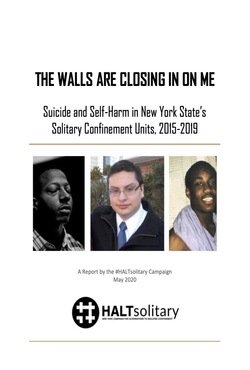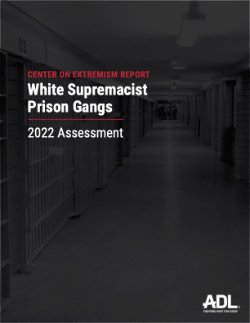By The # HaltSolitary Campaign
In the U.S. criminal legal system, individuals sentenced to prison are required to relinquish their liberty as redress for the crimes for which they have been convicted. They are not supposed to also give up their humanity, their physical and mental health, or their lives. Yet in New York’s state prisons, these are the terrible prices many incarcerated people end up paying. Some of the incidents of suicide and self-harm in the state’s prisons may be beyond the control of the New York State Department of Corrections and Community Supervision (DOCCS). But there can be no doubt that prison conditions profoundly affect the level of suffering and despair felt by incarcerated people, and that inhumane conditions often lead to desperate responses. This report provides hard evidence, drawn from data provided by DOCCS and other state agencies, that the rate of suicides in New York’s prisons far exceeds the national prison average. It also establishes an undeniable link between the use of solitary confinement and higher rates of suicide, suicide attempts, and self-inflicted injury. Taken together, these numbers demand immediate and drastic change in DOCCS policies and practices in relation to solitary confinement. They demand that New York’s lawmakers put an end to preventable suffering, self-harm, and death in our prisons by enacting the HALT Solitary Confinement Act, A.2500/S.1623.1 Preventing self-injury and suicide by enacting HALT is even more imperative now, as COVID-19 increases the levels of anxiety, fear, and risk of self-harm for people in solitary during the pandemic.
New York: The New York Campaign for Alternatives to Isolated Confinement (CAIC) , 2020. 22p.





















